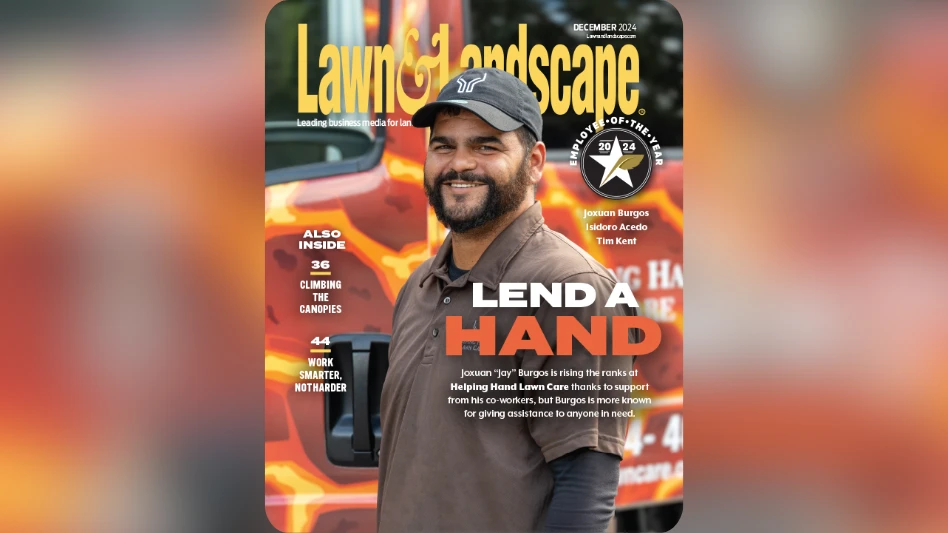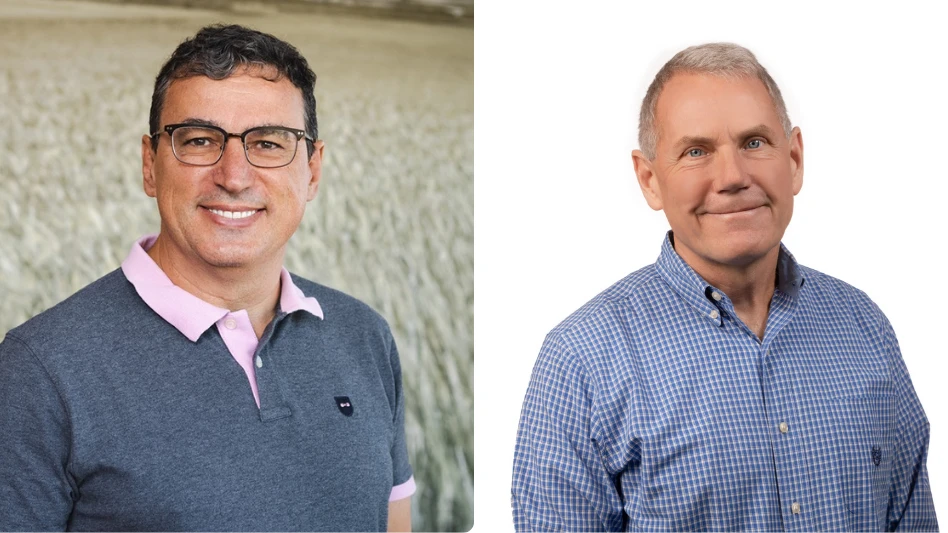 GonzalezAt an off-site planning retreat two years ago, Sierra Landscape managers anticipated an economic turn and began to map out ways to strengthen the business. They broke into small groups and tackled every aspect of running a successful operation, including customer service.
GonzalezAt an off-site planning retreat two years ago, Sierra Landscape managers anticipated an economic turn and began to map out ways to strengthen the business. They broke into small groups and tackled every aspect of running a successful operation, including customer service.
The company had never formally surveyed its customers. Periodic how-are-we-doing calls to clients were protocol, but there was no written or electronic form for customers to discreetly sing praises or air concerns.
“From our point of view, we knew how we felt we were doing on a job, but a customer survey provides an overall report card,” says Teri Gonzalez, vice president.
The group compiled a laundry list of potential questions to ask customers. “It was this long list, and it got to the point where we started analyzing questions and asking, ‘Is the customer really going to take the time to answer all of these?’” Gonzalez says. She considered her own survey response habits. “If it’s too long, I personally won’t bother with it.”
To keep surveys short and sweet, but meaningful, Sierra Landscape chose 12 questions. One reads: Do you receive sufficient communication from Sierra Landscape? Can you easily communicate with us? There are separate surveys for maintenance and construction customers. The construction survey asks customers about their satisfaction with scheduling, plant material, cleanliness and post-project follow-through.
Gonzalez says the most valuable portion of the surveys are two open-ended questions asking whether the customer would refer Sierra Landscape to business associates, and what aspect of Sierra Landscape needs improvement.
Often, these fill-ins elicit positive feedback that is passed on from supervisors to crewmembers, which boosts morale.
Meanwhile, the company has bolstered training on subjects such as how to read landscape plans. There are times when plant material mix-ups result from misunderstanding blueprints. So far, employees score well in the courtesy and professionalism departments, Gonzalez says.
The rating scale ranges from poor to excellent, rather than 1 to 10. “We decided that giving customers terms to choose from would make it easier for them than asking them to pick a number,” Gonzalez says.
 Easy does it is the theme for both surveys. Easy to fill out, easy to send back to Sierra Landscape via postage-paid envelope or by filling out an online form. (Paper surveys prompt customers to the online form.) The project engineer mails surveys to construction clients upon job completion. The administrative assistant sends surveys to maintenance clients after 30 days of service, and annually for a year-end checkup. These two individuals are responsible for survey follow-up.
Easy does it is the theme for both surveys. Easy to fill out, easy to send back to Sierra Landscape via postage-paid envelope or by filling out an online form. (Paper surveys prompt customers to the online form.) The project engineer mails surveys to construction clients upon job completion. The administrative assistant sends surveys to maintenance clients after 30 days of service, and annually for a year-end checkup. These two individuals are responsible for survey follow-up.
“There needs to be that extra follow-up,” Gonzalez says. “In the beginning, we were getting more surveys back because we were keeping up with them better.”
Ultimately, the goal is to continue connecting with customers and to demonstrate the firm’s philosophy that service matters most.
“We’ve always valued quality workmanship and quality service for our customers,” Gonzalez says, relating that surveys make this point clear. “We will go out of our way to make sure work is done properly, even if it costs more on our end. Not all companies think like that, but we do.”
Jump to:
Introduction
Small Business - less than $800,000
Medium Business - $800,000 to $2 million
The author is a freelance writer based in Bay Village, Ohio.

Explore the September 2009 Issue
Check out more from this issue and find your next story to read.
Latest from Lawn & Landscape
- Senske acquires 2 Nutri-Lawn franchise operations in Canada
- Our Holiday Lighting Contest rolls on
- LawnPro Partners acquires Ohio's Meehan’s Lawn Service
- Landscape Workshop acquires 2 companies in Florida
- How to use ChatGPT to enhance daily operations
- NCNLA names Oskey as executive vice president
- Wise and willing
- Case provides Metallica's James Hetfield his specially designed CTL





